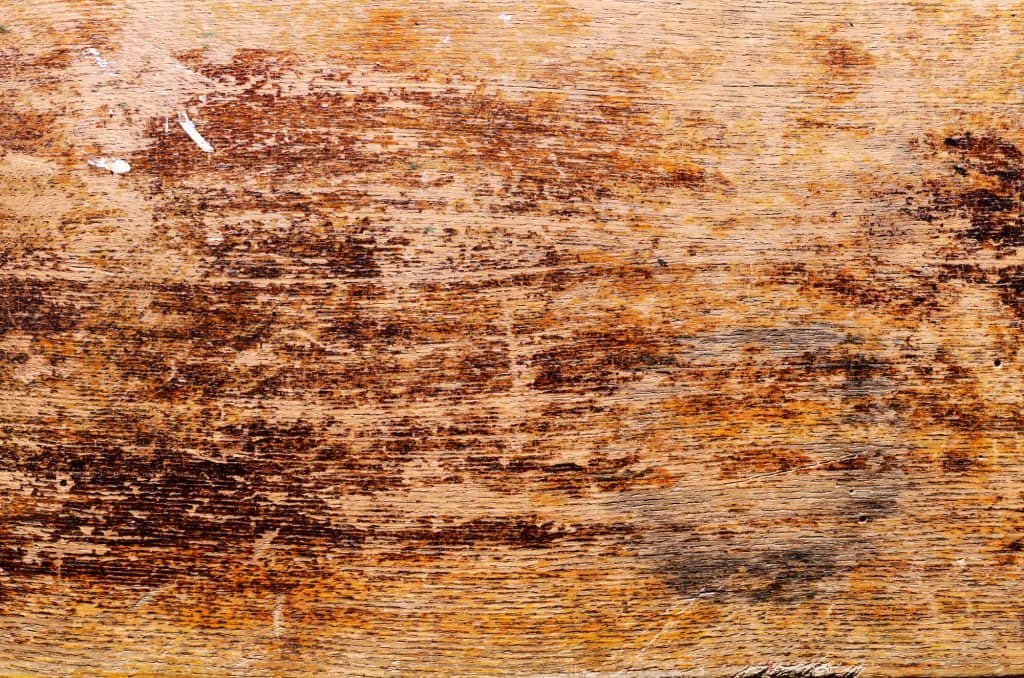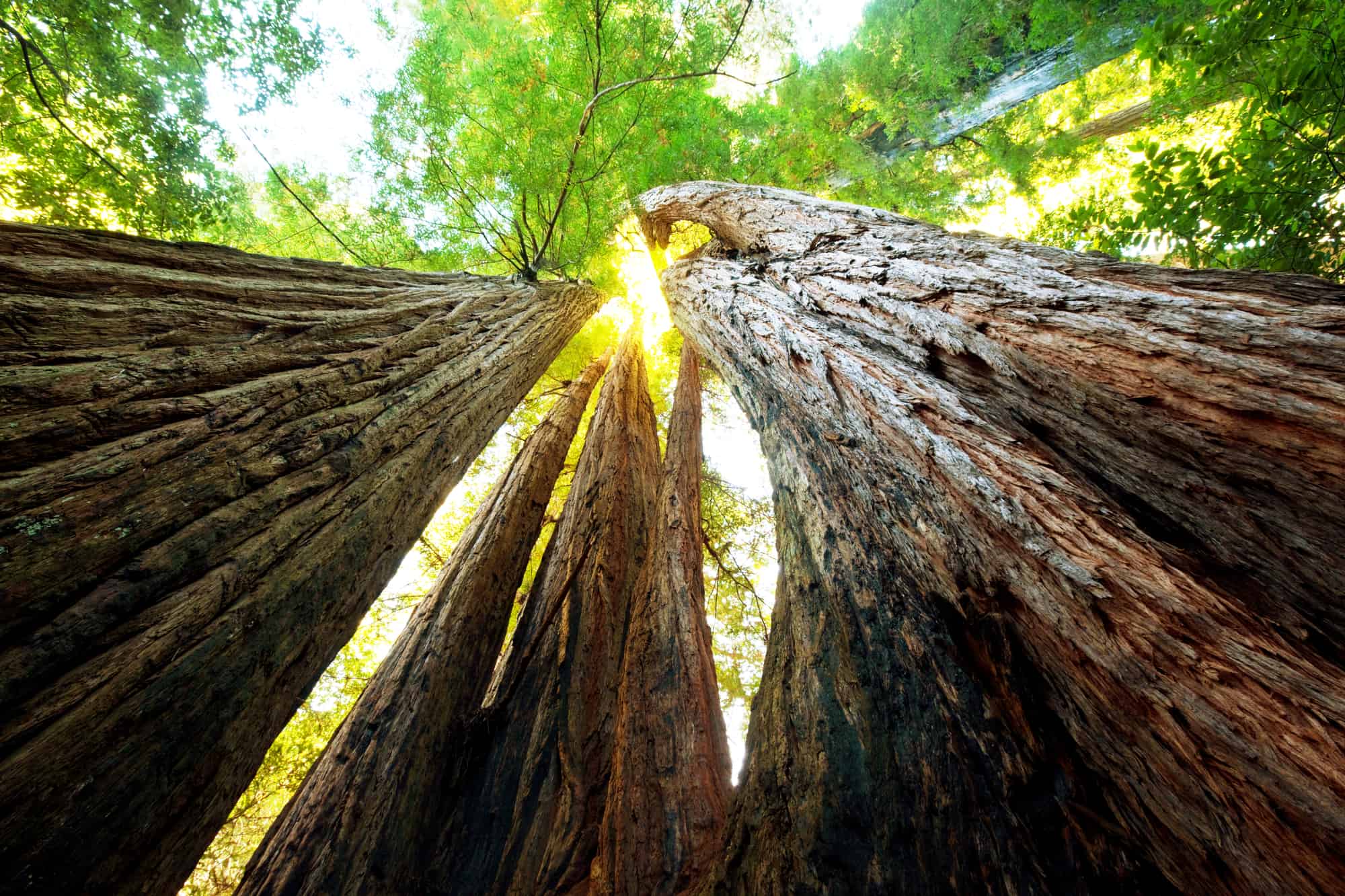Redwood is among the most beautiful looking species of timber ever to grow out of the ground. There’s no question to why it’s so highly coveted for decks, outdoor furniture, and woodworking projects.
However, we all know that nothing is perfect.
While the beauty and malleability of redwood are certainly renowned, its disadvantages are less known. But I’m here to tell you — they certainly exist. So, what are the disadvantages of redwood?
First, the wood has a prohibitive cost for most large projects, a softness that makes it unsuitable for many uses, and an unwelcome tendency to be stained. Additionally, it’s difficult to clean (you can’t pressure wash it) and requires much higher maintenance than other types of wood.
Are these disadvantages enough to turn you away from buying redwood furniture or building a redwood deck? Let’s explore the specifics and I’ll turn it over to you to make your decision.
Cost
Although lumber prices are constantly in flux as of 2021, new redwood generally costs about twice as much as its pine counterpart. Old-growth reclaimed redwood can cost far more than this, to the tune of $82 per 2″x8″x8′.
While the advantages of old-growth redwood speak for itself, it’s purely a luxury item and shouldn’t be considered for everyday use.
However, new redwood is frequently used to construct decks, fences, and outdoor furniture. While not as much of a luxury item as reclaimed redwood, it still increases the project cost substantially. Let’s take a look at some hard figures.
| Type of Product | Redwood cost | Alternative |
|---|---|---|
| Fence | $23/linear foot (source) | $12/linear foot (Pine, source) |
| Deck | $75/sq. ft. (source) | $8/sq. ft. (Pine, source) |
| Patio Table (6-person) | $4,340 (source) | $699 (Oak, source) |
As you can see, the cost of redwood is a major disadvantage!
Softness
Wood softness can be an advantage when you’re creating something new from the materials. After all, a softer wood means easier cuts and joints. However, with redwood this isn’t always the case — you should follow the grain unless you like splinters and splits.
With that being said, it quickly turns into an unambiguous disadvantage when the item built starts experiencing normal wear and tear.

The fragile nature of the wood’s surface becomes even harder to swallow when taking the increased cost into account. Make no mistake — dings, scratches, and splinters will happen. Accidents during construction will happen, causing expensive waste.
This is especially true when the wood hasn’t been seasoned properly.
So far we have a fragile wood with drastically increased material cost. Does the beauty still seem worth it? Let’s keep going!
Staining
Wood stain is certainly a good approach for making dull wood more vibrant. But we’re not talking about the good kind of stain when it comes to redwood.
As we know, redwood is already vibrant. It’s highly sought after for its brilliant color and inspiring patterns. In fact, the additional stain can honestly only hurt the look of the wood.
And this is unfortunate, as redwood is also very quick to stain from other materials.
According to the USDA Forest Products Laboratory, “oak, redwood, cypress, and cedar are particularly prone to iron stain because these woods contain large amounts of tannin-like extractives.” They go on to explain that discoloration is caused by a chemical reaction between the wood and the iron in steel products.
Luckily, this discoloration won’t occur indoors, where the wood is less likely to get wet (and the metal is less likely to corrode).
However, iron stain on redwood is a common occurrence.
Difficulty to Clean
As I stated at the beginning of the article, you generally should not pressure wash redwood. Because of the softness mentioned above, an unskilled hand can quickly and irreparably mangle the surface of the wood.
This isn’t to say that pressure washing is impossible. However, you run the risk of destroying the thing you’re trying to clean!
Luckily, there are ways to clean the wood without pressure washing. But as you might expect, these are slower and more labor-intensive. I hope you know your way around a stiff-bristled brush!
Increased Maintenance
Like most beautiful things, redwood is very high maintenance. There are many causes of discoloration, spotting, and stains — each one requiring a slightly different approach.
While scrubbing with soap and water will take care of mildew, redwood also undergoes a “bleeding” process where extractives bubble up from inside the wood onto the surface. This is less straightforward to fix.
I’ll quote a sawmill on how to handle this particular issue.
Simply wash the redwood’s surface with a mixture containing one cup of TSP, one cup of household bleach, and a gallon of water. Rinse well, then dissolve four ounces of oxalic acid crystals in a gallon of warm water and apply to the structure. Be sure to use non-metallic containers for both solutions. Allow the wood to dry completely, and then rinse with clean water.
Humboldt Sawmill
As you can see, keeping the beauty of the wood can be a full-time job!
Is Redwood Worth It?
You’re equipped with the knowledge of redwood’s disadvantages, so what’s your verdict? Do the cost and increased headache associated with the softer wood ruin the idea of redwood for you? Please let me know in the comments.
At this point, you may be wondering what I think.
Many people think that the things I mentioned above are small prices to pay to enjoy the color, grain, and style that redwood offers. And to be honest, if I had the extra money I would agree with them! There’s a reason why redwood sawmills are still in business in northern California after all of these years.
However, I’ll personally have to settle with a different wood for my projects and furniture. After all, redwood isn’t the only beautiful wood out there. Teak and acacia are both great choices for outdoor furniture (although acacia has its own disadvantages!), and cedar is perfect for fencing and siding.
Plainly put, there are options.
And besides — you can always stain some cheap pine with a specialty stain to get a similar color.

